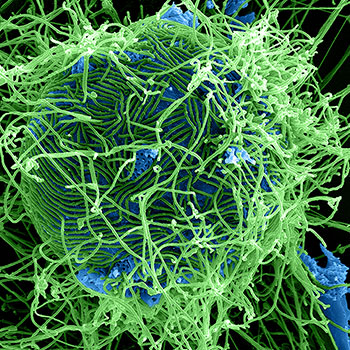How is moles the same in dilution?
Say I have 1 L of a 2 M solution of NaCl - really concentrated. Now, say I take maybe 0.8 L of that concentrated NaCl solution, the Molarity of the solution I took becomes 2.5 M.
But what about the rest of the 0.2L that I did not take? Does that still have the same moles as the 0.8L that I took out? How is it possible that the moles did not change? I am so used to plugging in M1V1=M2V2, and learning that moles does not change.
I can't seem to conceptually understand that though. I don't know if my given example made sense but can someone explain it a little?
Say I have 1 L of a 2 M solution of NaCl - really concentrated. Now, say I take maybe 0.8 L of that concentrated NaCl solution, the Molarity of the solution I took becomes 2.5 M.
But what about the rest of the 0.2L that I did not take? Does that still have the same moles as the 0.8L that I took out? How is it possible that the moles did not change? I am so used to plugging in M1V1=M2V2, and learning that moles does not change.
I can't seem to conceptually understand that though. I don't know if my given example made sense but can someone explain it a little?
1 Answer
What you are saying is not possible.
Explanation:
Molarity (molar) is the number of moles per liter.
A 2 M solution is 2 moles per liter.
If you take 0.8 liters of that solution then you take:
2 x 0.8 = 1.6 moles.
This 0.8 liters still has a molarity of 2 M, as you have 1.6 moles in 0.8 liters.
Think of it this way.
A 2 M solution, is 2 moles per liter. If you took half of that solution, 0.5 liters, you would have 2 x 0.5 = 1 mole. You would end up with one lot of 0.5 liter with 1 mole in, and another lot of 0.5 liter with 1 mole in.
The equation you use does not really come in to play here.
Have a look at Why is memorising the molarity formula a bad idea? as it will walk you through the moles to molarity conversion.

